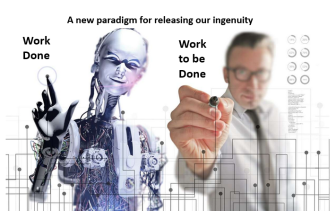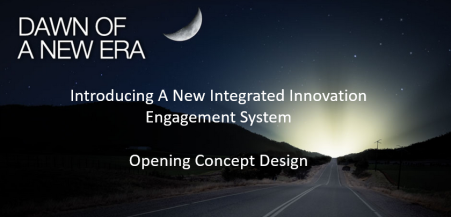 “Let’s return knowledge back to knowledge!” “Let’s return value back to knowledge” This held my attention.
“Let’s return knowledge back to knowledge!” “Let’s return value back to knowledge” This held my attention.
So now I want to draw this to your attention, the underlying story. I was recently invited to join the Future Shapers as a contributor and I was delighted to be accepted as a future shapers contributor. this is my profile link.
There are some strong reasons to add my voice to this group so I wanted to share this with you here on my main posting site
Normally I would not try to merge my posting site with others unless I have some growing level of involvement, contribution or strong identification with. Well, this is one of those but I first wanted to wait before I publicize it here, as the official launch of a funding project kicked off late last week in Madrid,(link) that radically gives it a really different meaning, one to draw to your attention as it is radically different.
So let me explain why, so I have provided the outlines of the story below in their words Continue reading “Return Value Back to Knowledge”








